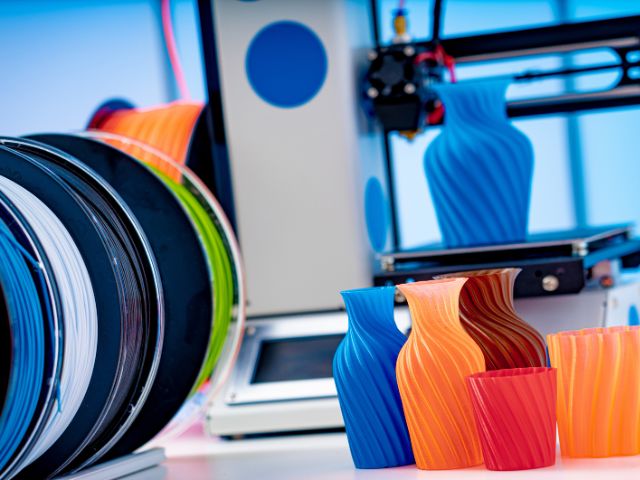
 Technology
Technology 
For anyone enthusiastic about 3D printing, understanding the ins and outs of using filament is a must. Filament is the “ink” of your 3D printer, so to speak, and the material you will use to bring your designs to life. Here are our top four tips for 3D printing with filament to ensure you get the best results.
The first step to effective 3D printing is understanding the type of filament you’re using. Two of the most common types of filament are PLA (Polylactic Acid) and ABS (Acrylonitrile Butadiene Styrene). PLA is biodegradable, making it an environmentally friendly choice. It also prints at a lower temperature and is easier to work with, making it great for beginners. ABS, on the other hand, is more durable and flexible, but it requires a higher printing temperature and a heated print bed.
Proper filament storage can dramatically affect the quality of your 3D prints. Filament can absorb moisture from the air, causing it to become brittle, resulting in poor print quality. Keep your filament in a cool, dry place, preferably in a sealed bag with desiccant. If you suspect that your filament has absorbed moisture, you can use an oven to carefully dry it out.
When it comes to buying your 3D printing filament online, retailers can offer a greater variety than brick-and-mortar stores. However, ensure you choose a reputable retailer to avoid poor quality or counterfeit products. Look for detailed product descriptions, customer reviews, and information about the manufacturing process. Additionally, consider the price, as unusually cheap filaments may compromise on quality.
The final tip revolves around maintaining a consistent printing temperature. The correct temperature depends on the type of filament you’re using. Consistent temperature is crucial for successful prints as it affects the filament’s flow through the nozzle and its adhesion to the build platform. Monitoring and adjusting the temperature settings as needed can help avoid issues like warping or stringing.
Now that you know the top four tips for 3D printing with filament, it’s time to put this knowledge into practice. Keep these pointers in mind as you embark on your next 3D printing project.
24World Media does not take any responsibility of the information you see on this page. The content this page contains is from independent third-party content provider. If you have any concerns regarding the content, please free to write us here: contact@24worldmedia.com